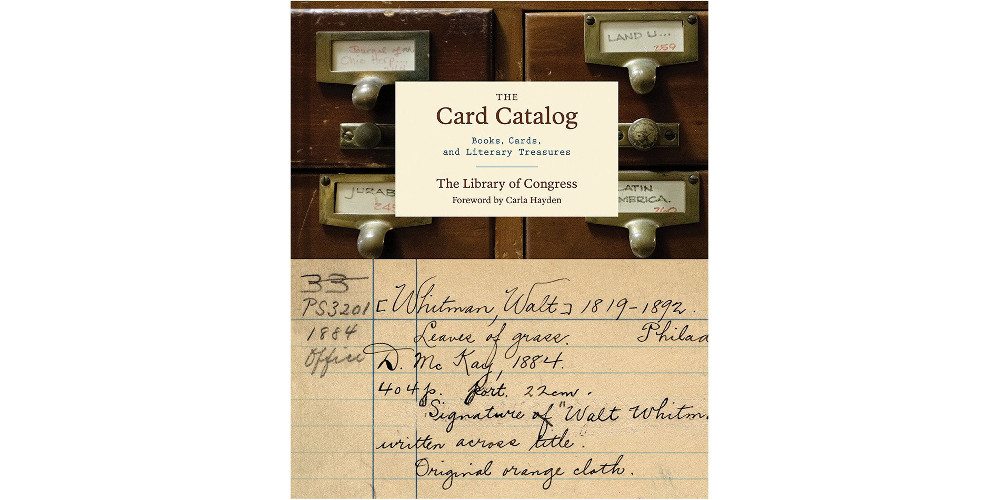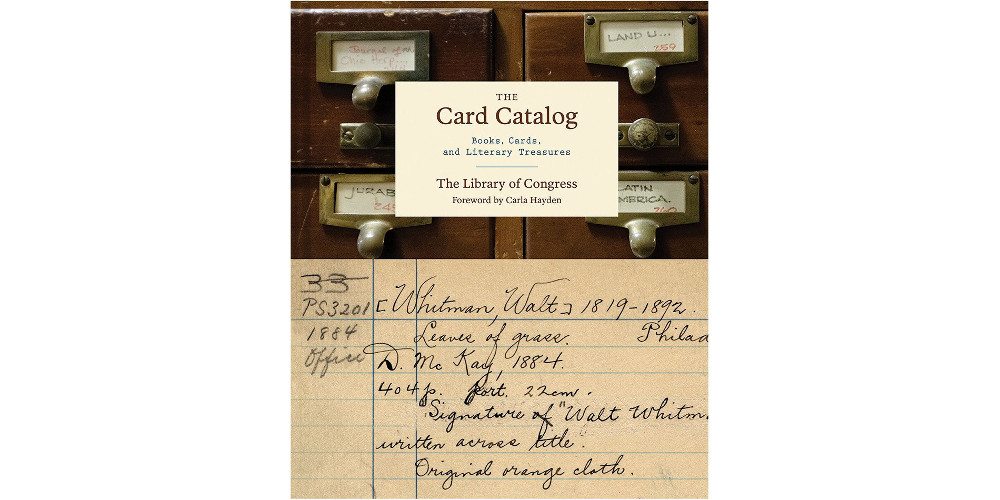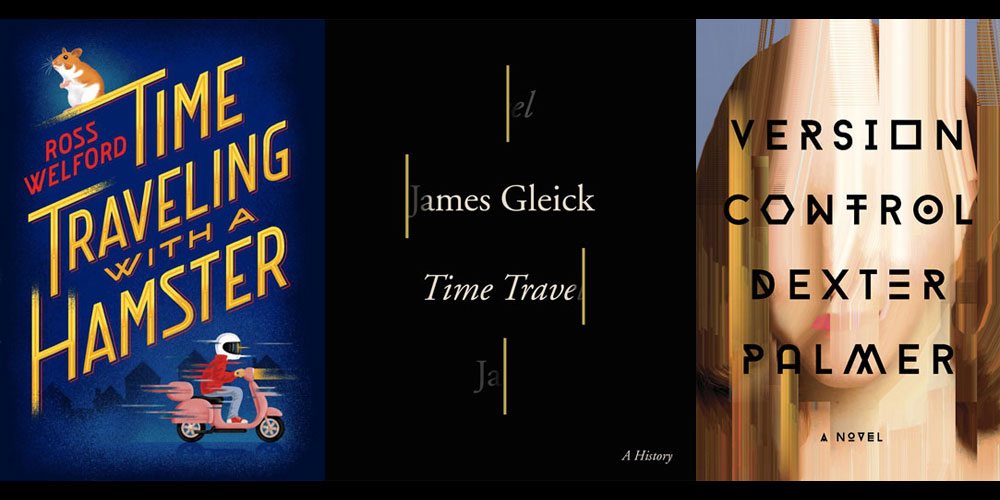
In today’s information society, the world is sometimes literally at our fingertips. We can access documents, photos, videos, and even livestreams, instantly, from countries and cultures all over the world. But it didn’t used to be this way. If we wanted to learn about an obscure country or advancement in science, we would head to the local library. And our first stop there was the card catalog.
Those of my generation (I’m 43) certainly remember using the card catalog when we were younger. I know plenty of our readers do as well. And, though the cross-referenced card catalog system of cataloguing had its limitations and disadvantages, it also had a few advantages. Librarians would make special notes on cards, for which there often aren’t fields for in digital catalogs. Also, it was easy to accidentally come across an unrelated but also interesting item because of its proximity to what you were looking for. But, though the card catalog is often missed by wistful older folk like myself, the new digital catalogs are faster, more efficient, and accessible from anywhere. Fortunately for us, some of the feel for the card catalog is kept alive in books such as The Card Catalog.
Just in time for National Library Week next week (April 9-15), this new book has been published about the card catalog of the Library of Congress with the full title, The Card Catalog: Books, Cards, and Literary Treasures. With a foreword from the Librarian of Congress, Carla Hayden, paging through this book is like looking through the coolest library ever. (Which, I’d argue, the Library of Congress is.)

The Library of Congress is the largest library in the world with more than 165 million items. They have books, maps, graphic novels, photos, audio recordings, sheet music, manuscripts, and more. And a sizeable fraction of their holdings are in languages other than English. Considered the nation’s library, it is open to the public and, last year, had 1.8 million visitors. (If you’re planning a visit, check out what you’ll get to see here.) There are exhibits to see and architecture to admire, plus, if you apply for a Library of Congress library card, you can access some of their holdings in their special reading rooms. Since there are hundreds of miles of stacks of books in the library, you’ll likely find something of interest.
The Card Catalog highlights hundreds of card catalog cards and library holdings from the Library of Congress. It covers the history of some of these holdings, but focuses on the card catalog and its history, using specific materials as examples. Its five chapters cover: Origins of the Card Catalog, The Enlightened Catalog, Constructing a Catalog, The Nation’s Library and Catalog, and The Rise and Fall of the Card Catalog. Each of these chapters begins with a discussion of that chapter’s focus with plenty of context, images, and history. The second part of each chapter includes full-color images (over 200 in all) of first edition books, photographs, lithographs, and other items paired with their original card from the Library of Congress card catalog, complete with librarian notes and classic handwriting, printing, or type, with any corrections noted. Many are annotated by the librarians to include special, relevant notes.
Some examples of what you can find in the book include: a copy of Shakespeare’s First Folio, Darwin’s The Origin of Species, original Audubon lithographs, The Cat in the Hat, and a first edition of Narrative of the Life of Frederick Douglass, among others. And, along with the history of the holdings, the book covers the kind of information that was contained on these special 3×5 cards, how libraries and library catalogs originated, a bit about the evolution of books themselves, how the Library of Congress handled the sheer quantity of cards that were created over time, and the cards’ eventual conversion to digital media.
Though the book does contain plenty of text, it is pleasantly overshadowed by the meaningful images that it contains. You’ll want to look through this book again and again, to find little details you missed on previous perusals. Though paging through this book doesn’t substitute for having original objects in your hands, it is much less fragile, more easily obtained, and you don’t have to get special permission (some of which may be unobtainable) to read it. Though not quite a coffee table book—there is too much text to qualify as that—you’ll be tempted to leave it out where you can easily get at it, studying small sections at a time. It is likely to intrigue your visitors as well. At least the ones who are into libraries.
The Card Catalog: Books, Cards, and Literary Treasures is available now, and is a fascinating book for those who love libraries, history, books, archives, and the history of information. It’s extremely well done, and its photos are so clear that the objects practically jump off the page. I just wish you could page through the first editions and lithograph collections highlighted.
If you’re interested in learning more about the Library of Congress specifically, check out our Bristol Banter podcast episode on Libraries. Also check out the Library of Congress website, which is an extensive and valuable resource itself. Last year it had almost 100 million visits, and it is constantly expanding its digital offerings. You can also learn more about the history of the Library of Congress at my blog post on the subject.
Note: I received a copy of the book for review purposes.




You might be interested to know that the New York Public Library has a file of unusual questions asked by patrons that goes back to the 1930’s. They include questions like: Do human beings shed hair at a certain time of year? (1953) and Do camels have to be licensed in India? (1944).
https://www.instagram.com/explore/tags/letmelibrarianthatforyou/